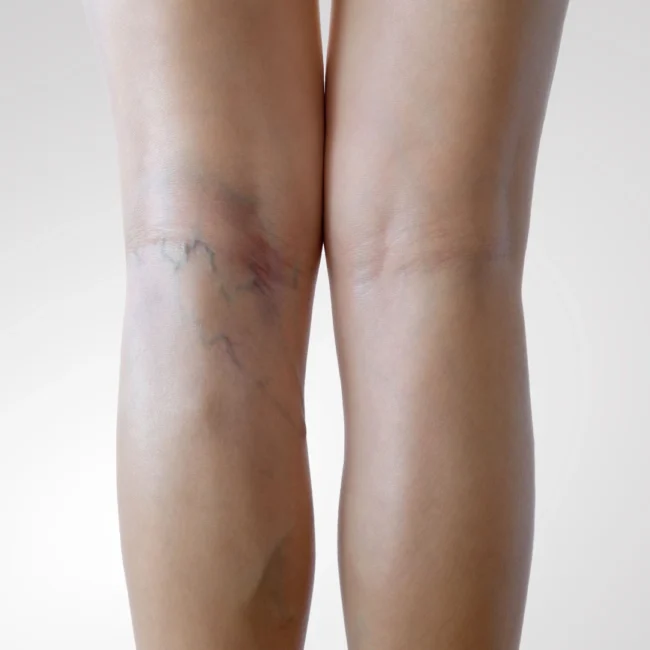“Gwynne is the best! She knows her job and does a fantastic job! Reception area was great also.”
Deep vein issues often go unnoticed until they cause more serious symptoms, but early attention and expert care can make a difference in how they affect your health and daily life. Deep vein thrombosis is one of the more serious vascular conditions we address, and it requires careful evaluation and treatment to help reduce risks like leg swelling, discomfort, and possible long-term complications.
The Vein Care Center is a leading vascular care provider serving Lima and Celina, OH, as well as the greater Auglaize County area. Our patients rely on us for individualized care and a holistic approach that addresses all of their vascular care needs. We are the fourth practice and third private practice in the state of Ohio to be accredited as a Vein Center. These accreditations assure our patients that the care they receive meets the highest professional standards for vascular treatment. Contact us today to see how we can help you with deep vein thrombosis and other vein conditions.



